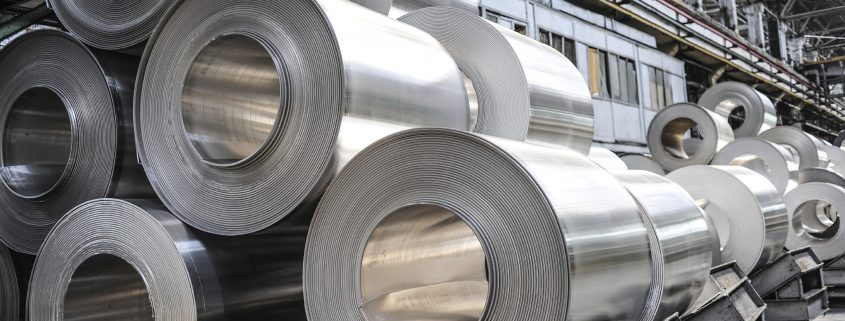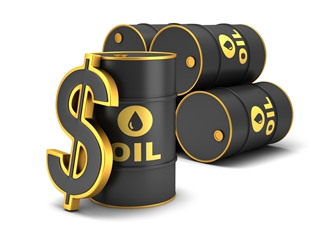Oil Production; Summary of Main Oil News this week
Russian energy ministry and output cut talks
The main official of Rosneft, Igor Sechin, said on Saturday that the Russian energy ministry had his backup in discussions over oil production cuts.

“The most important thing is to have a mechanism to defend our interests.”
In previous months, Sechin has expressed some suspicions about the ability of the OPEC. And its power to influence oil markets amid a shale oil production boom in the United States.
The countries: Oil producers, including OPEC and non-OPEC; agreed to cut output for 1.8 a day. This decision dates from last year, and will be active till June the 30th. It aims to reduce global oil inventories.
The Oil producing countries will meet later this month in Vienna, to discuss a possible extension of the deal.
Georgia nuclear plant construction (Southern Co)
 Georgia Power and Westinghouse decided to transfer the Project management of Georgia nuclear power plant expansion, to Southern Co.
Georgia Power and Westinghouse decided to transfer the Project management of Georgia nuclear power plant expansion, to Southern Co.
The temporary agreement until June 3 will allow construction of the plant expansion to continue.
Westinghouse Electric Co filed for bankruptcy in March, was hit by billions of dollars of cost overruns. At four nuclear reactors under construction, including at the Georgia project and another in South Carolina.
The Georgia project is owned by a group of utilities led by Southern Co.
Gasoline in India
Firstly, the gasoline consumption growth has been slowing since the middle of 2016, after rising for the previous two years.
Secondly, observing the last 9 months we see that consumption growth for most other fuels used for cooking and transportation is also slowing down.
Based on the current data, demand for liquefied petroleum gas and kerosene used for cooking, heating and lighting as well as diesel used for transport; all show signs of leveling off or falling in the first four months of 2017.
These trends maybe come from the demonetisation of large-denomination bank notes in India. They were announced at the start of November as part of the government’s anti-corruption campaign.
Crude Oil prices Impact:
Rising crude oil and refined fuel prices over the last year are also likely to have constrained the growth in consumption and other fuels.
Observing the retail gasoline prices, we note that they rose by around 10 percent between January 2016 and January 2017. While diesel prices climbed by almost 8 percent. (Ministry of Petroleum and Natural Gas)india
India’s middle class is pretty sensitive to increases in prices & costs, so they are curbing a demand for Oil. Their middle class, urban as well as rural, is emerging very fast.
Nevertheless the recent slowdown in consumption growth for gasoline and other fuels, it is too early to determine if the deceleration is temporary linked to demonetization and price rises or something more lasting.

India as a source of oil demand:
Noteworthy, India has been one of the most important sources of oil demand growth during the cuts. So any extended slowdown in consumption growth, would make the mission of global market harder. The rebalancing will be way more complicated.










 The three-month aluminium price continued its premarket trend of the week with a small increase. It rose $5.50 to $1,969.50 per ton.
The three-month aluminium price continued its premarket trend of the week with a small increase. It rose $5.50 to $1,969.50 per ton.

 added 11 oil rigs in the week to April 13, bringing the total count up to 683.” (Baker Hughes, Energy services firm said.) That is the highest in about two years. <RIG/U>
added 11 oil rigs in the week to April 13, bringing the total count up to 683.” (Baker Hughes, Energy services firm said.) That is the highest in about two years. <RIG/U> United States is constantly irritating OPEC with its increasing outputs. In the meantime, they are also irritating other major oil producers who made a deal to cut outputs. Curbing output sustains a rally in prices in a market that has been oversupplied since 2014.
United States is constantly irritating OPEC with its increasing outputs. In the meantime, they are also irritating other major oil producers who made a deal to cut outputs. Curbing output sustains a rally in prices in a market that has been oversupplied since 2014.